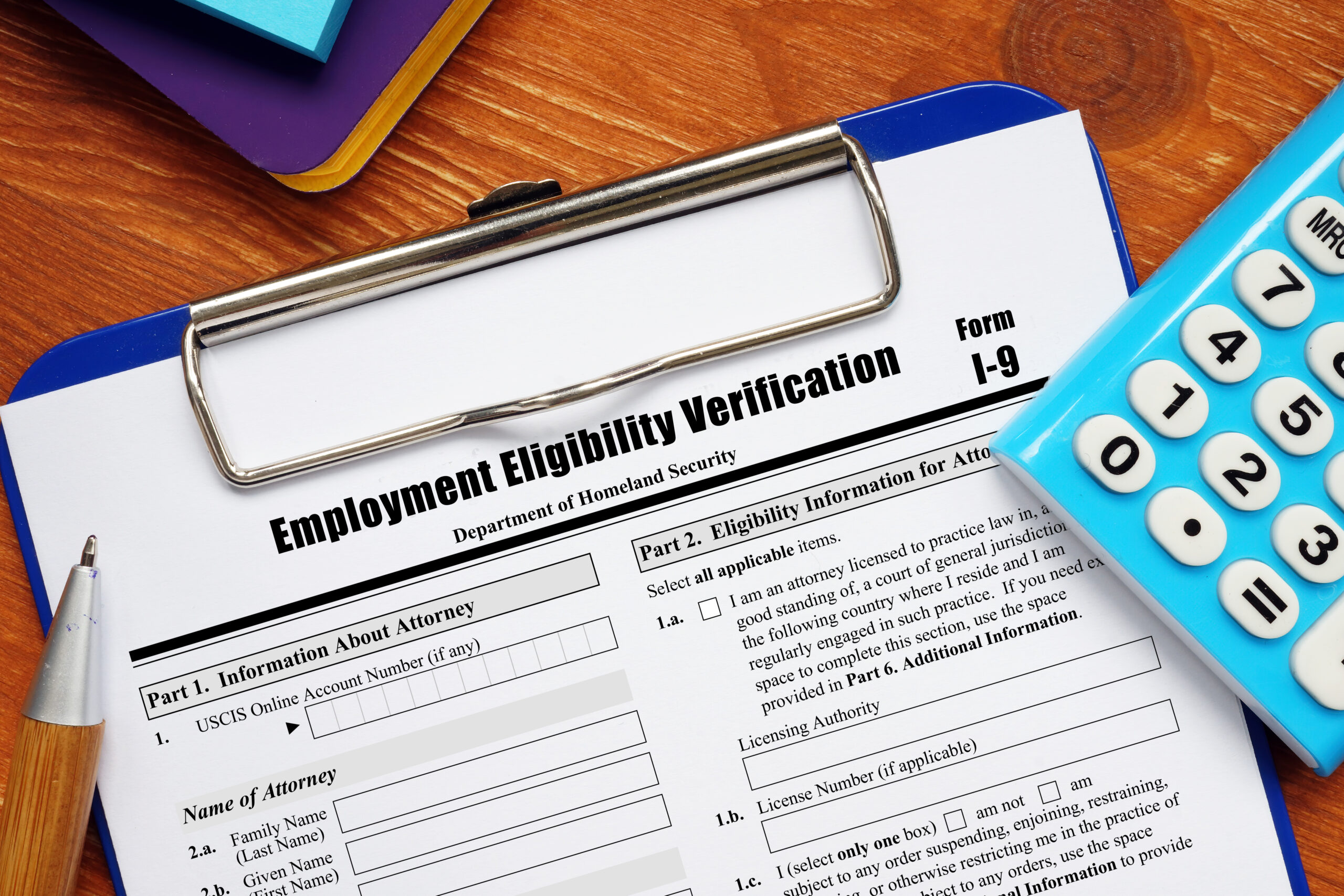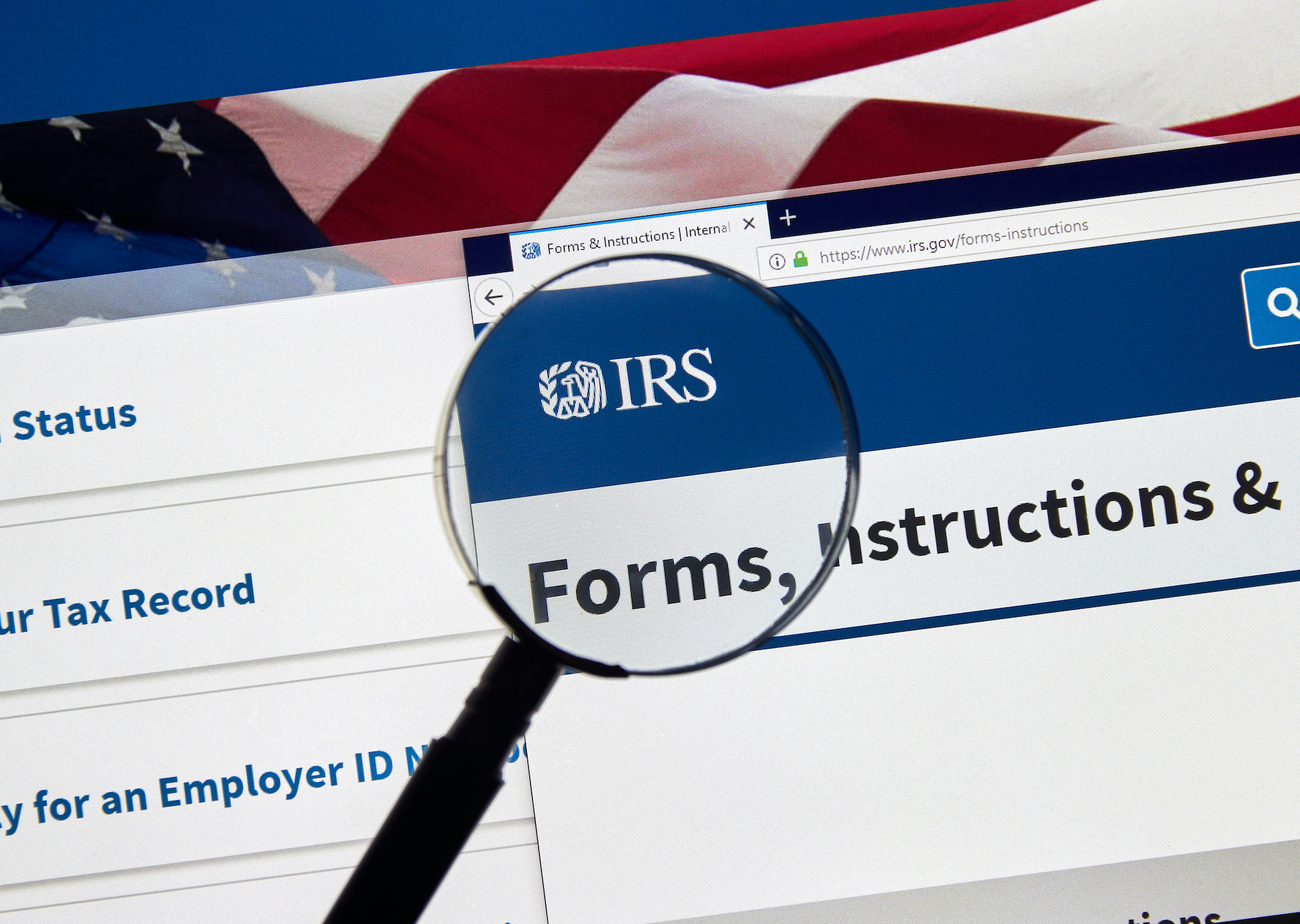Navigate the five stages of collective bargaining to enhance student learning and development. Prepare by selecting a team and aligning proposals. Engage in negotiations, focusing on educators’ needs. Ratify the contract and consider its impact. Resolve disputes amicably for a positive work environment. Consider adjustments with stakeholders for educational improvements. Collective bargaining shapes student learning environments positively. Understand the legal framework for compliant and crucial outcomes. Discover more about the intricate process of collective bargaining and its crucial role in fostering conducive educational settings.
Preparing for Bargaining
When preparing for bargaining, unions select a bargaining team according to their constitution and by-laws, while the employer designates its management team. The bargaining team represents the union members’ interests and prepares to engage in the bargaining process with the employer. Union representatives play an essential role in advocating for the bargaining units they represent, ensuring that the initial proposal aligns with the collective bargaining agreement’s goals. This stage sets the foundation for the upcoming bargaining session, where both sides will engage in discussions, aiming to reach a tentative agreement beneficial to all parties involved.
During this phase, strategies such as composite bargaining or distributive bargaining may be employed to address various aspects of the collective bargaining agreement. The bargaining team’s composition and expertise play a significant role in addressing the complexities of the bargaining process, ultimately working towards a mutually agreeable resolution. By actively participating in the bargaining process, union representatives foster a sense of unity and collaboration among the members, strengthening the collective voice and promoting a shared vision for the bargaining units.
Conducting Negotiations
As you move forward into the negotiation phase, your bargaining team’s expertise and strategies will play an essential role in addressing various aspects of the collective bargaining agreement. Here are some key points to keep in mind during the negotiation process:
- Engaging with Union Officials: Collaborating with union officials is important for understanding the needs and perspectives of the workforce.
- Strategizing at the Bargaining Table: Effective communication and negotiation skills are critical when discussing concessions and benefits for both parties.
- Balancing Concessionary and Integrative Bargaining: Finding a balance between give-and-take (concessionary) and problem-solving (integrative) bargaining approaches can lead to mutually beneficial agreements.
- Focusing on Learning Conditions: Prioritizing the needs of educators like school psychologists and special education teachers can positively impact learning conditions in public schools.
Ratifying the Contract
To finalize the collective bargaining process, the ratification of the contract is an essential step that requires careful consideration and input from all involved parties. Once the bargaining team and management team have reached a tentative agreement, it undergoes review by the union and employer teams before being presented at a ratification meeting.
This meeting serves as a platform for union members to ask questions, offer opinions, and ultimately vote by secret ballot to determine the acceptance or rejection of the collective bargaining agreement. The impact on the workforce is significant as the ratified contract influences employee benefits, working conditions, and the overall employer-employee relationship.
Additionally, the legal implications of the ratified agreement must align with labor laws to avoid potential disputes. Successful ratification fosters job security, improves morale, and sets clear guidelines for dispute resolution, creating a positive work environment for all involved in the negotiation process.
Resolving a Contract Dispute
After finalizing the collective bargaining process through ratification of the contract, the next critical step involves resolving any contract disputes.
When facing a contract dispute in the school community, consider the following steps:
- Seek Mediation: Encourage open dialogue and understanding between parties to find common ground.
- Present a Counter Proposal: Offer alternative solutions that address the concerns raised while aligning with student progress goals.
- Involve the Board of Trustees: Seek guidance and support from the governing body to facilitate a resolution that benefits all.
- Review Collective Agreements: Make sure that the proposed solutions uphold the terms agreed upon in collective bargaining agreements.
Changing or Clarifying the Contract
You can initiate discussions on adjusting or providing clarity to the contract by convening joint labor-management meetings. These meetings are essential for ensuring efficiency for teachers and promoting high-quality instruction.
By focusing on intervention time, equity of instruction, and alignment with core instruction, you can enhance the collaborative intervention plan. It’s pivotal to contemplate school-level improvement plans and involve stakeholders like the faculty senate in decision-making.
Addressing the school-level MTSS practice within the contract can lead to better outcomes for student learning and development. Through mutual agreement, amendments can be made to the contract to reflect these priorities and improve overall educational practices.
Collective Bargaining Overview
Engaging in the process of collective bargaining involves negotiating employment terms between employers and workers, typically facilitated by labor unions. When delving into the domain of collective bargaining, it’s crucial to grasp the key aspects that shape this negotiation process in an education setting:
- Definition: Collective bargaining is the negotiation of employment terms, including working conditions, salaries, hours, and benefits.
- Representation: Labor unions typically represent workers during these negotiations to guarantee their interests are voiced and protected.
- Negotiated Terms: The goal is to establish a collective bargaining agreement through a written contract that outlines the agreed-upon terms between employers and workers.
- Importance: Fundamental for fostering a conducive environment for student learning and development, as it sets the groundwork for fair and beneficial working conditions that ultimately impact educational outcomes positively.
Understanding these fundamental elements of collective bargaining can pave the way for constructive negotiations that prioritize both the well-being of employees and the enhancement of student learning experiences.
Legal Framework and Implications
Understanding the legal framework and implications of collective bargaining is essential for ensuring compliance with labor laws and regulations.
In the educational context, where student learning and development are paramount, navigating the legal aspects of the negotiation process is vital.
As a member of the bargaining team or a stakeholder in the union formation, being aware of labor laws that govern collective bargaining is key to promoting positive student outcomes.
The legal framework not only guides the bargaining process but also influences how disputes are resolved, ultimately impacting educational development.
How Collective Bargaining Enhances Student Learning and Development
As you proceed through the 5 stages of collective bargaining, remember that each step is an opportunity to shape a more effective and inspiring educational environment. Your dedication to preparing, negotiating, ratifying, resolving disputes, and clarifying agreements not only fosters a collaborative workplace but also significantly uplifts the educational experience for educators and students alike. Embrace this journey with confidence and remain committed to securing positive outcomes.
At Kona HR, we’re here to support you every step of the way. Contact us today to see how we can help you enhance your collective bargaining strategies and ensure a thriving educational setting.





